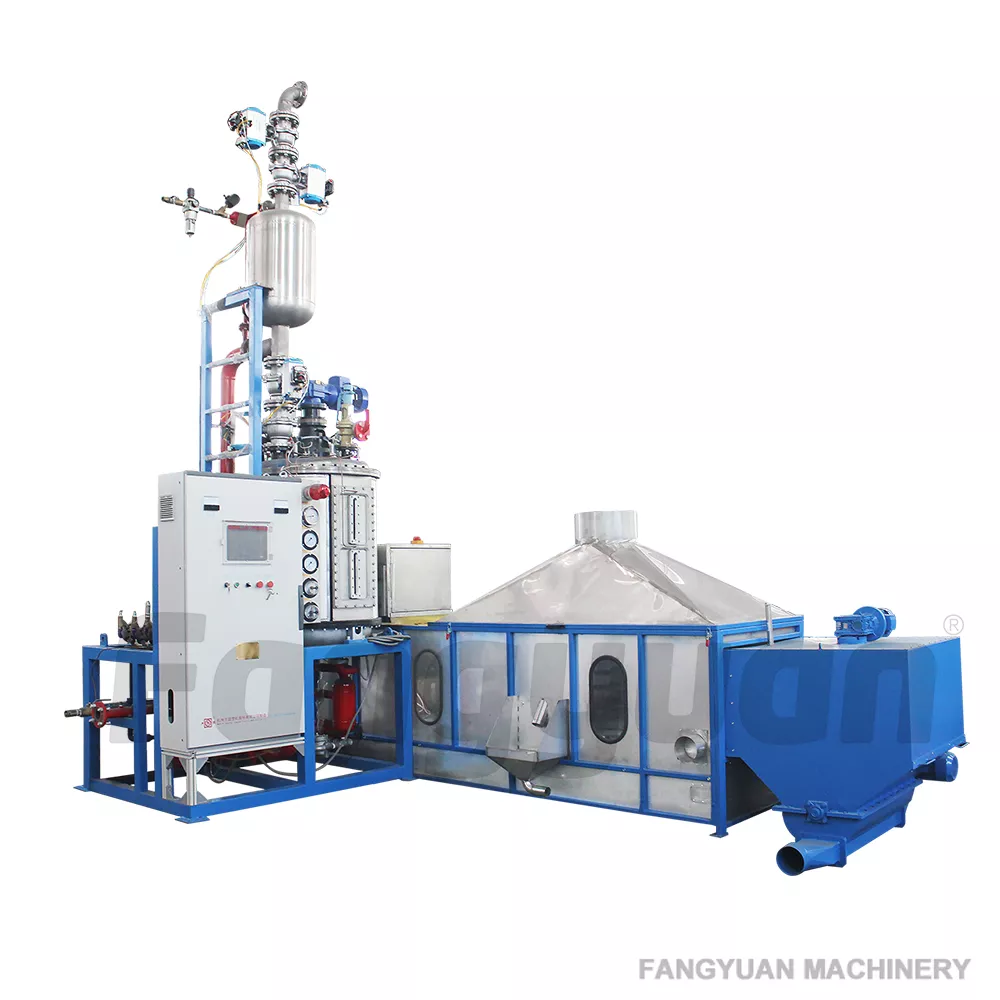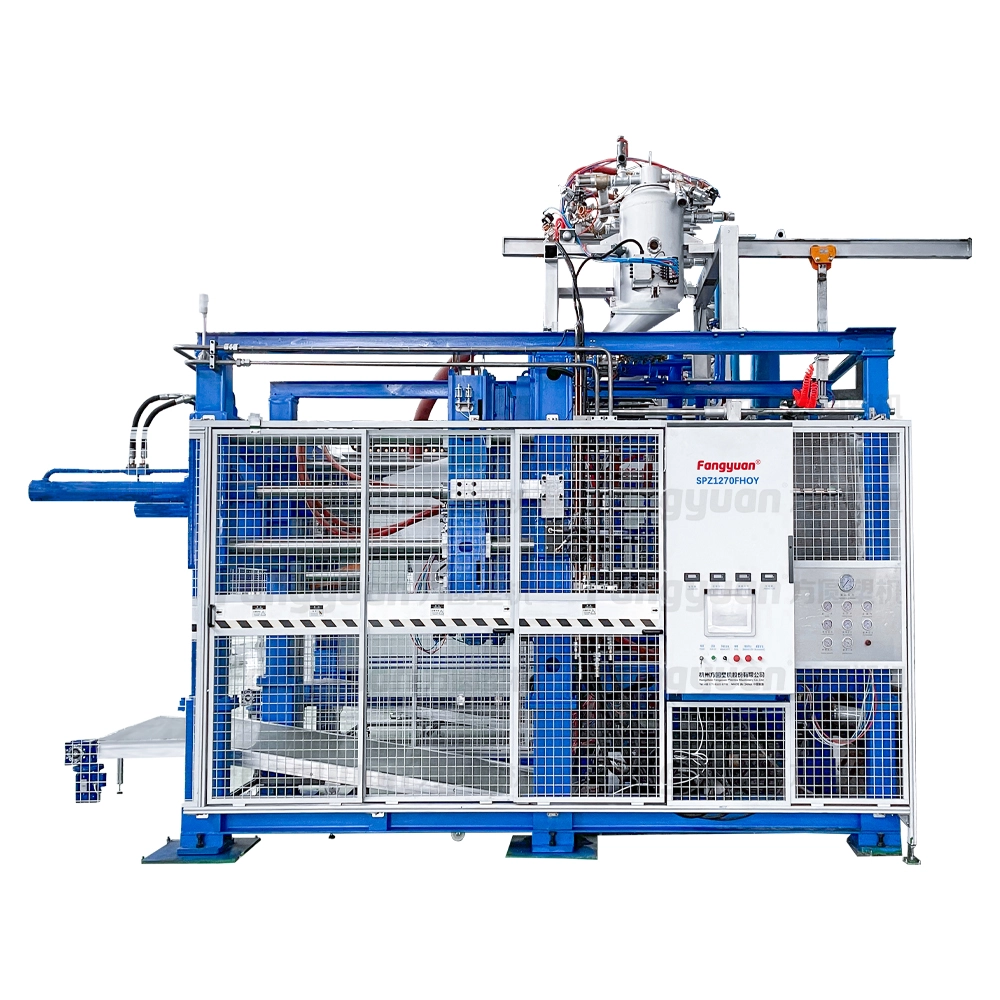Introduction
Robots have long been integral components of industrial production processes, transforming how businesses operate on a global scale. However, the integration of robots with ETPU (Ethylene Terephthalate) machines represents a significant step towards achieving operational efficiency at an unprecedented level. This article delves into the complex yet exciting realm where robotics and ETPU machinery meet, exploring their synergy in various industries.

Section 1: The Evolution of Robots in Industrial Automation
Overview: Over the years, advancements in technology have accelerated the pace of industrial automation. Robots, once seen as mere tools for repetitive tasks, have transformed into intelligent systems capable of handling more complex operations.

Impact on Production Efficiency: Robots facilitate faster production cycles by automating tasks that were previously laborintensive or prone to human error. They enhance productivity, reduce costs, and increase the quality of goods produced.
Section 2: How ETPU Machinery Supports Robotic Integration

ETPU Characteristics: ETPU is a versatile polymer used in numerous applications such as textiles, construction materials, and automotive components. It offers exceptional durability, strength, and flexibility, making it ideal for manufacturing environments requiring robust structures.
Machine Compatibility: ETPU machines integrate seamlessly with robotic systems, providing a platform for robots to operate within a controlled environment, reducing errors and improving safety standards.
Integration Challenges: Despite the benefits, integrating robots with ETPU machinery introduces new challenges related to compatibility, programming, and maintenance. These issues need to be addressed to ensure optimal performance and longevity.
Section 3: Applications of RobotEtpu Integration
Textiles Industry: Robots and ETPU machinery work together to create highquality fabrics that are both durable and sustainable. These fabrics are essential in fields like sports apparel, home decor, and fashion accessories.
Construction Industry: ETPU machinery supports the assembly of reinforced concrete structures, ensuring the reliability and strength of buildings. Robots assist in precise measurements, installation, and maintenance of these critical infrastructure elements.
Automotive Sector: Robotic systems equipped with ETPU machinery can automate tasks such as vehicle assembly, testing, and quality control. This integration enhances manufacturing efficiency and reduces downtime, benefiting manufacturers in the automotive sector.
Conclusion
The integration of robots with ETPU machinery has opened up new avenues for innovation and growth across various industries. As technological advancements continue to evolve, so too does the field of robotassisted ETPU machine integration. Recognizing this connection will not only drive the future of industrial automation but also pave the way for sustainable, efficient, and costeffective manufacturing practices worldwide.
References:
[Include appropriate citations or sources relevant to your topic.]
End of Article
This promotional text aims to highlight the importance of integrating robots with ETPU machines, emphasizing its potential impact on industry efficiency, safety, and sustainability. By addressing common challenges and showcasing successful examples, the text aims to engage readers and encourage further exploration of this fascinating intersection of technology and manufacturing.
























 QQ
QQ